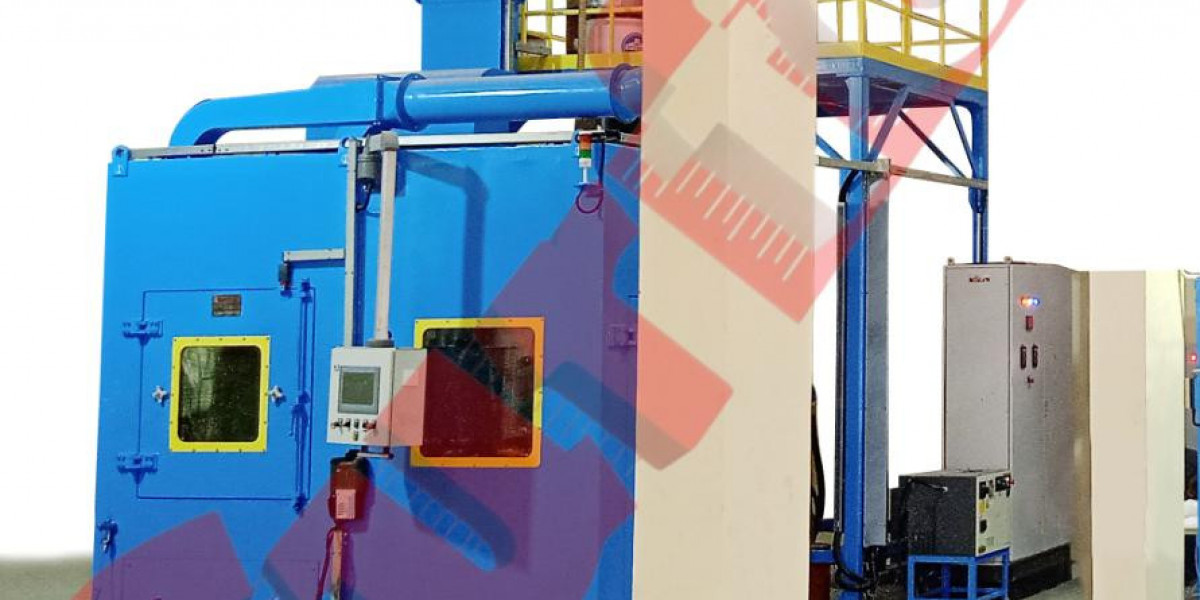How to clean a green swimming pool can seem daunting, but with the right approach and tools, it can be accomplished efficiently. At PoolWater Pro, we understand the importance of maintaining crystal-clear water for both aesthetic and health reasons. In this guide, we will outline the steps you need to take to restore your pool’s clarity and ensure a safe swimming environment.
Understanding the Causes of a Green Pool
Before diving into the cleaning process, it’s crucial to understand what causes a swimming pool to turn green. Typically, green water is a result of algae growth, which can occur due to various factors such as:
Inadequate Sanitization: Low levels of chlorine or improper pH balance can lead to algae proliferation.
Poor Filtration: Ineffective filtration systems allow debris and contaminants to accumulate.
Environmental Factors: Rain, leaves, and debris can introduce organic matter that promotes algae growth.
Recognizing these factors will help you prevent future occurrences and maintain a healthy pool environment.
Step-by-Step Guide to Cleaning a Green Swimming Pool
1. Gather Essential Cleaning Supplies
To effectively clean your green swimming pool, you will need the following supplies:
Pool skimmer
Pool brush (preferably with nylon bristles)
Leaf rake
Pool vacuum (manual or automatic)
Algaecide
Chlorine or shock treatment
Water testing kit
pH increaser or decreaser
Clarifier (optional)
Having these tools on hand will streamline the cleaning process and ensure you’re well-prepared.
2. Assess the Pool’s Condition
Begin by assessing the extent of the algae problem. If the pool is only mildly green, a simple shock treatment may suffice. However, if the water is a deep green, it may require more intensive cleaning. Use your water testing kit to measure the chlorine levels, pH, and alkalinity, as these factors will guide your treatment plan.
3. Remove Debris from the Surface
Using a pool skimmer and leaf rake, remove any floating debris, leaves, and organic matter from the water’s surface. This step is vital as it prevents additional contaminants from sinking to the bottom and exacerbating the algae problem.
4. Brush the Pool Walls and Floor
Next, use a pool brush to scrub the walls and floor of the pool. Focus on areas with visible algae buildup, as this will help dislodge stubborn algae and prevent it from returning. Be thorough; pay attention to corners and steps where debris tends to accumulate.
5. Vacuum the Pool
After brushing, it’s time to vacuum the pool. If your pool has a lot of debris, you may want to use a manual vacuum to ensure a deeper clean. Follow the manufacturer’s instructions to avoid damaging the pool surface. For an automatic vacuum, ensure it’s set to run for an extended period to effectively remove the remaining debris.
6. Balance the Water Chemistry
Before adding chemicals, it’s essential to balance the water chemistry:
Chlorine Levels: Aim for a chlorine level of 1-3 ppm. For heavy algae infestations, a shock treatment with a chlorine concentration of 10-20 ppm may be necessary.
pH Levels: The ideal pH range is between 7.2 and 7.6. Use a pH increaser or decreaser as needed to achieve this balance.
7. Add Algaecide
Once the water chemistry is balanced, add a quality algaecide according to the product instructions. Algaecides help kill existing algae and prevent future growth. Be sure to distribute it evenly throughout the pool.
8. Shock the Pool
After adding the algaecide, perform a shock treatment. This involves adding a higher dose of chlorine to rapidly increase the chlorine level in your pool. This step will help eliminate any remaining algae and kill bacteria that may have entered the water.
9. Run the Filtration System
Turn on the pool’s filtration system and let it run continuously for at least 24 hours. This will help circulate the water, allowing the chemicals to work effectively and filter out dead algae and contaminants. Check and clean the filter as needed to maintain optimal performance.
10. Test Water Again and Adjust as Necessary
After the filtration system has run for a full day, retest the water to check the chemical levels. Adjust the chlorine, pH, and alkalinity as necessary to maintain balanced water chemistry. It may take a few days to fully clear up the pool, so be patient and continue monitoring the levels.
11. Consider Using a Clarifier
If the water remains cloudy after several days, consider adding a clarifier. Clarifiers help clump tiny particles together, making it easier for the filter to remove them. Follow the product instructions carefully for the best results.
12. Regular Maintenance to Prevent Future Algae Growth
To prevent your pool from turning green again, establish a regular maintenance routine:
Test Water Weekly: Regularly check chlorine, pH, and alkalinity levels.
Clean Filters: Keep your filtration system clean to ensure effective operation.
Brush and Skim Regularly: Prevent algae buildup by brushing the walls and skimming the surface weekly.
Maintain Proper Water Levels: Ensure your pool has the right water levels to maintain circulation.
Conclusion
Cleaning a green swimming pool may seem overwhelming, but with the right tools and a systematic approach, it is entirely manageable. At PoolWater Pro, we encourage you to follow these steps to restore your pool’s clarity and keep it looking pristine. With proper maintenance and vigilance, you can enjoy a clean, inviting swimming environment all season long.









